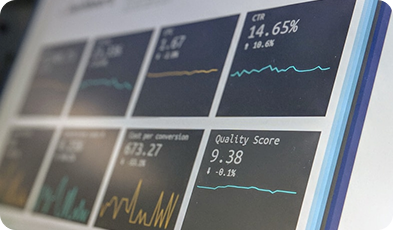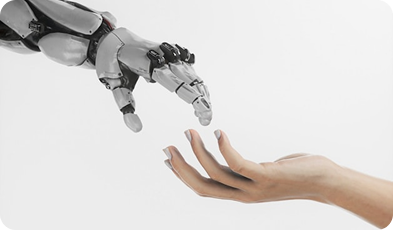The intersection of Real-World Data (RWD) and Artificial Intelligence (AI) is transforming healthcare as we know it. As the industry shifts toward data-driven care, this powerful combination is enabling smarter decisions, faster innovation, and more personalized patient experiences.
RWD, sourced from everyday clinical settings like electronic health records, claims data, wearables, and patient apps, offers deep insights into how treatments work in real life. When paired with AI’s ability to analyze, predict, and learn from massive datasets, the possibilities for advancing healthcare become endless.
- Revolutionizing Clinical Research and Drug Development
AI algorithms can rapidly sift through real-world data to identify patient cohorts, simulate outcomes, and optimize clinical trial design. This accelerates drug discovery, shortens trial timelines, and reduces R&D costs.
Example: Pharmaceutical companies use AI to mine RWD for patterns that help predict how patients will respond to new therapies, even before trials begin. - Enabling Personalized and Predictive Care
Combining patient-generated RWD with AI helps clinicians move beyond reactive treatment toward predictive and personalized medicine. AI can analyze past data to forecast disease progression, identify high-risk patients, and suggest tailored care plans.
Use Case: AI-powered platforms use EHR and wearable data to predict hospital readmissions or identify early signs of chronic disease—allowing for timely interventions. - Enhancing Operational Efficiency in Healthcare Systems
RWD and AI are streamlining hospital operations, improving resource allocation, and reducing administrative burdens. From optimizing appointment scheduling to predicting supply needs, AI uses real-world patterns to improve workflows and cut costs.
Result: Better staff utilization, reduced patient wait times, and a more responsive healthcare delivery system. - Improving Safety and Monitoring Through Real-Time Insights
With AI constantly monitoring real-world inputs, healthcare providers and regulators can detect adverse events, medication errors, or treatment inefficiencies in near real-time. This continuous surveillance ensures patient safety and supports regulatory compliance.
Example: AI tools track vaccine safety using RWD collected from millions of individuals post-distribution, ensuring faster response to any emerging issues.
Final Thoughts
The fusion of real-world data and artificial intelligence marks a new era in healthcare—one that is more connected, intelligent, and patient-centric. Together, they unlock unprecedented opportunities to enhance outcomes, lower costs, and create a more resilient healthcare ecosystem.
As technology evolves, the key to meaningful innovation will lie in responsible AI development, data quality, and ethical use—ensuring these tools not only empower providers but also build trust and transparency for patients.


